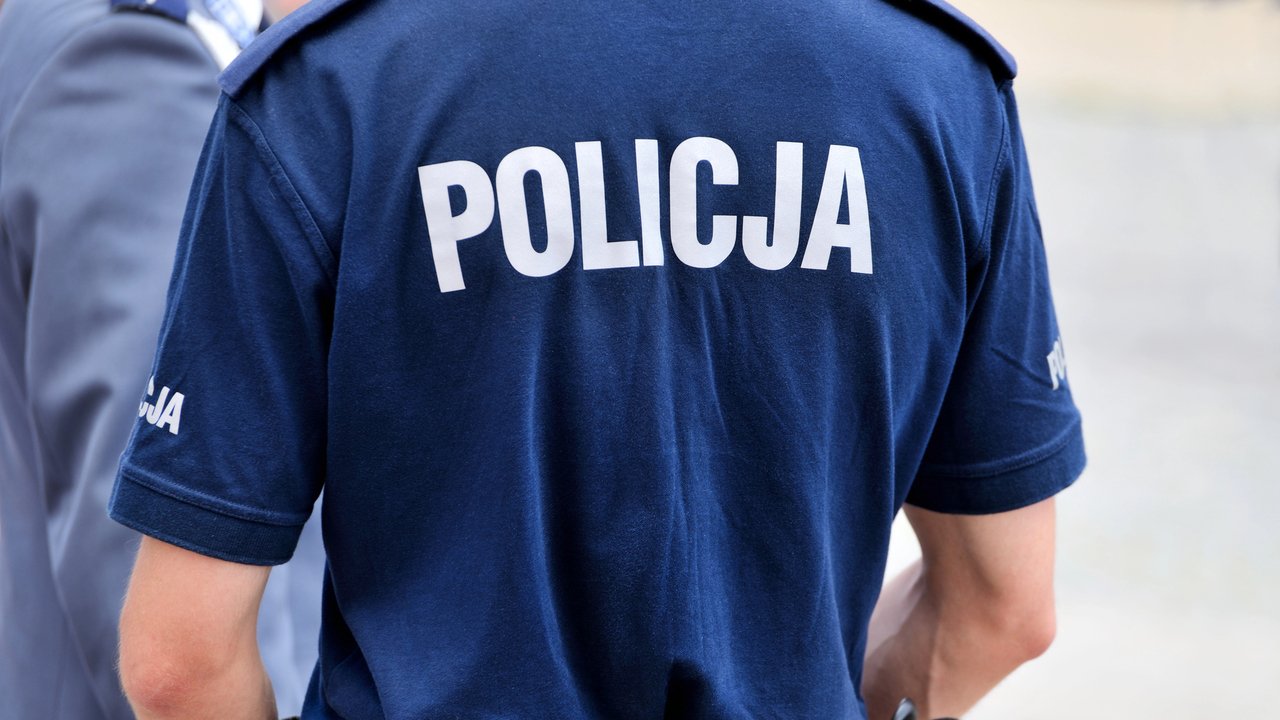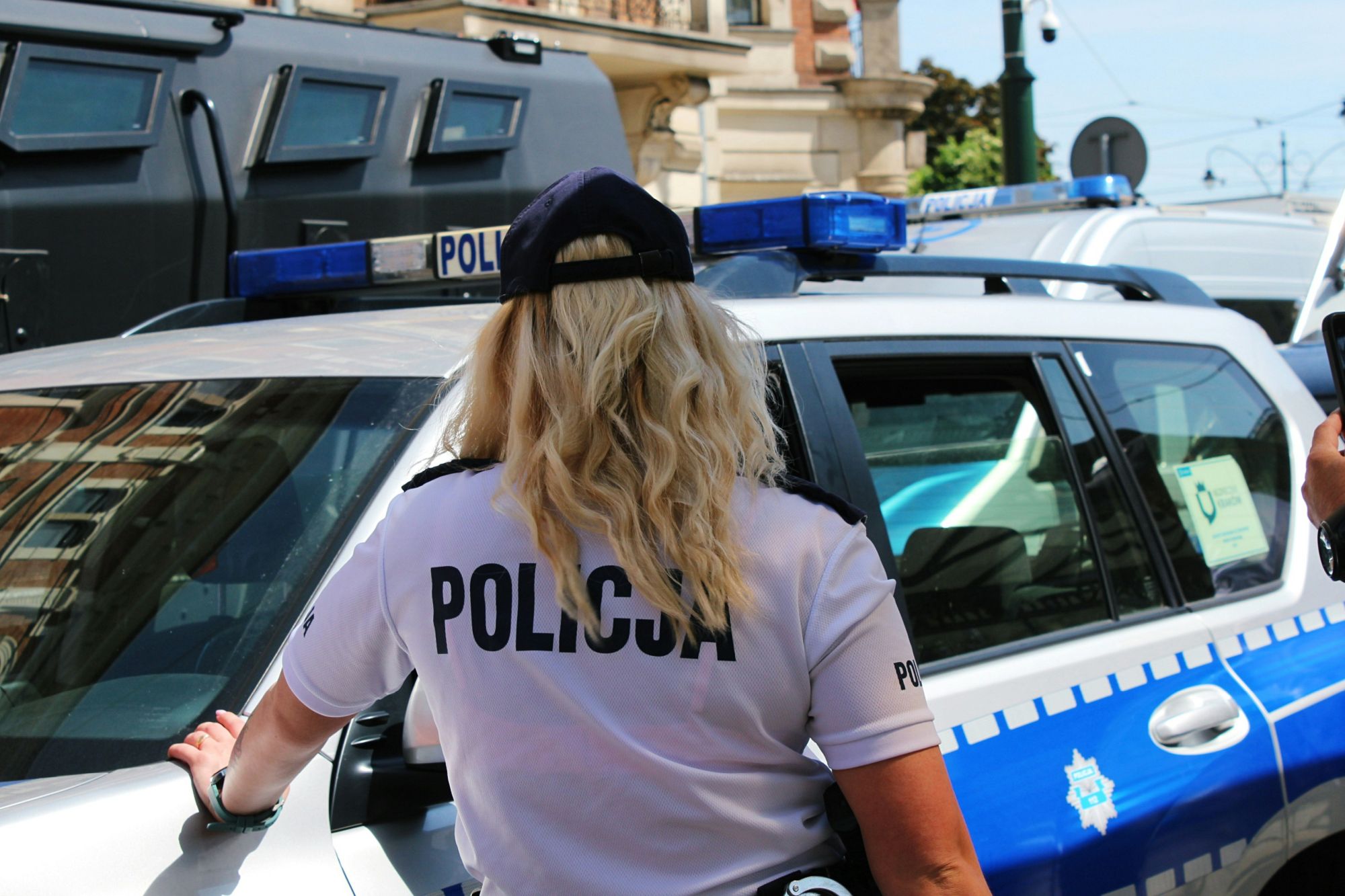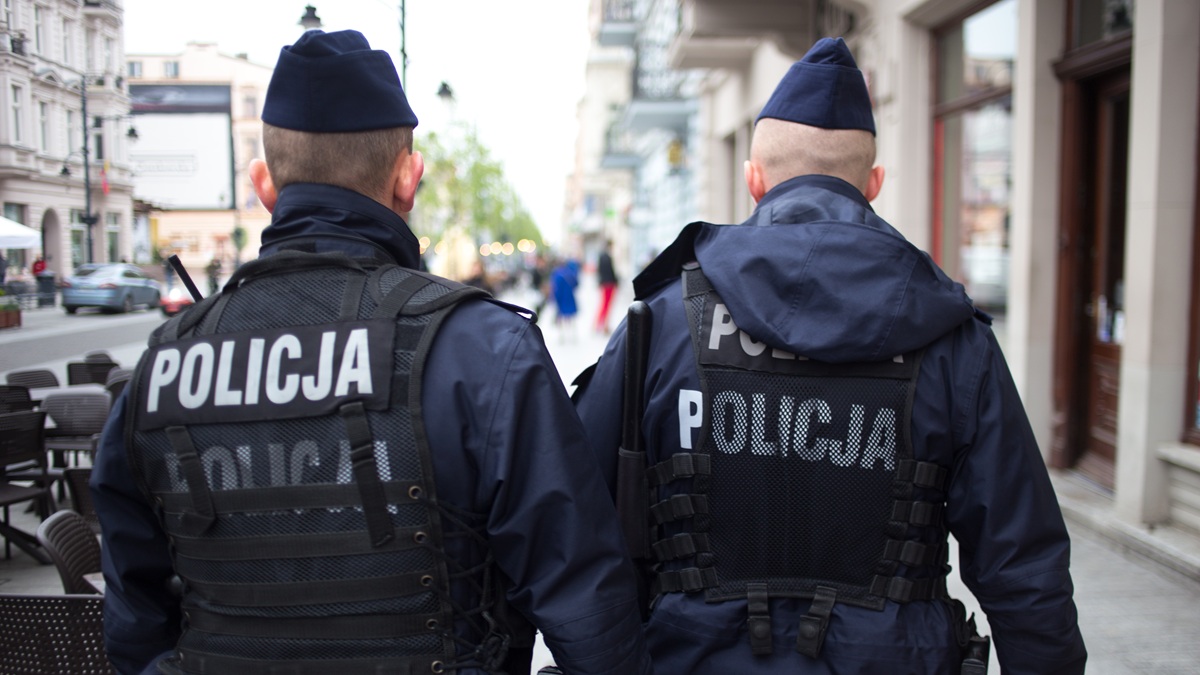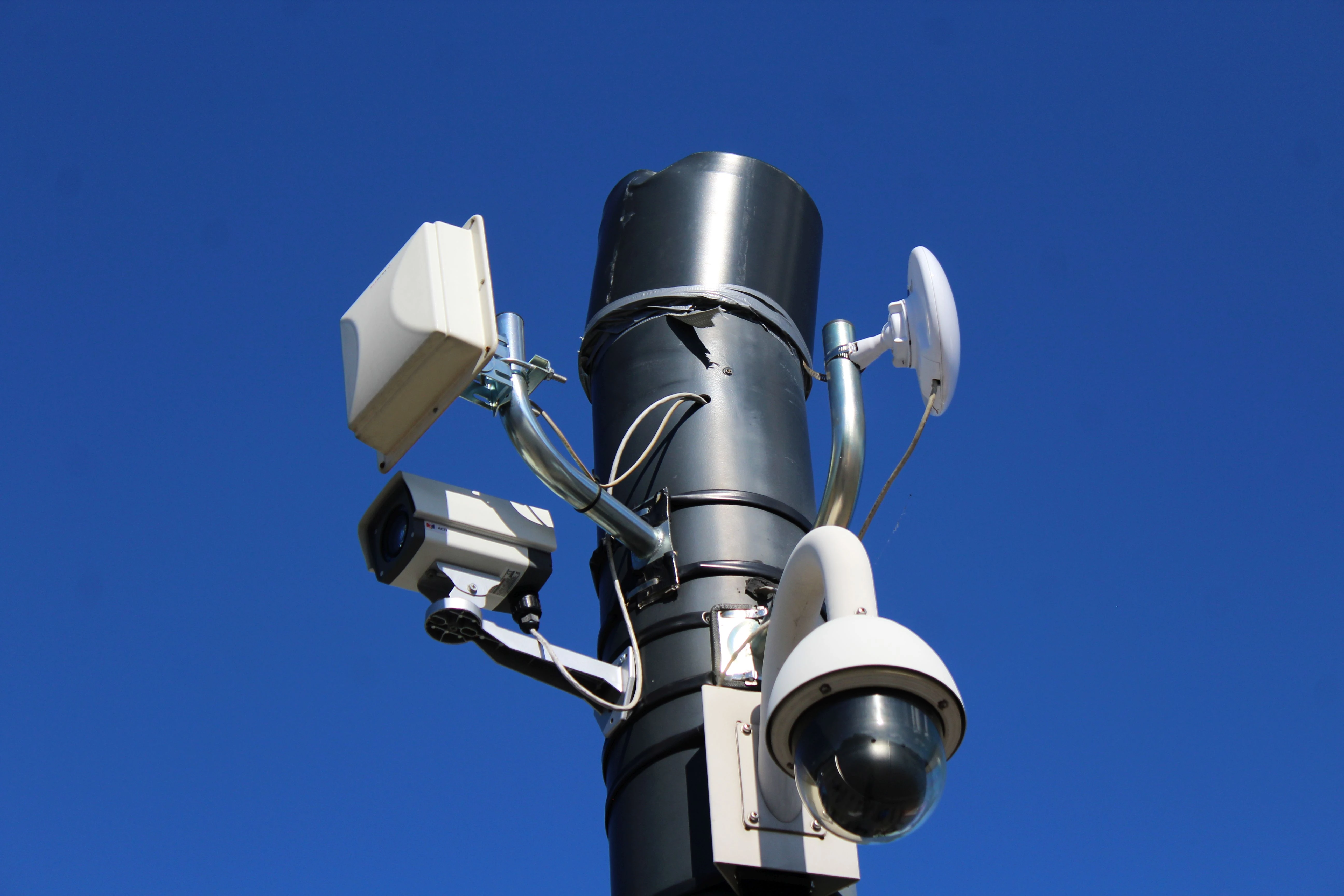John Cruickshank, the last surviving recipient of the Victoria Cross from World War Two, has died at the age of 105. The Scottish war hero from Aberdeen passed away last week, marking the end of an era for Britain's most decorated military veterans.
Flight Lieutenant Cruickshank earned the country's highest military honour for his extraordinary courage during a U-boat attack on June 17, 1944. While piloting a Catalina flying boat in the Norwegian Sea, he spotted a German submarine and launched an attack despite facing heavy gunfire.
Heroic action under fire
The attack left Cruickshank with 72 devastating injuries, including wounds to his lungs and 10 injuries to his lower limbs. When the aircraft's bombs failed to release during the first attack run, he courageously turned around for a second attempt.
Cruickshank manually released the bombs himself on the second run, successfully destroying the enemy submarine. Navigator John Dickson was killed in the action, while the co-pilot and two other crew members suffered serious injuries.
Despite his severe wounds, Cruickshank refused medical attention and flew the damaged aircraft back to base at Sullom Voe in Shetland. BBC reports that he was the last to die of 181 people who received the Victoria Cross for their actions during the 1939-1945 conflict.
Humble character and later life
King George VI awarded Cruickshank the Victoria Cross on August 29, 1944, praising him for demonstrating "determination, fortitude and devotion to duty". The modest hero rarely spoke about his wartime experiences, preferring to view his actions simply as duty.
"You don't get involved in that kind of thing thinking of any decorations or any recognition," he said in 2008. "It was regarded as duty."
Cruickshank never returned to operational flying and left the RAF in 1946 for a successful banking career. He worked internationally in Asia and Africa before returning to Scotland, finally retiring in 1985.
Distinguished service record
The Telegraph reports that Cruickshank was born on May 20, 1920, in Aberdeen and educated at Aberdeen Grammar School and Daniel Stewart's College in Edinburgh. He initially joined the Commercial Bank of Scotland before enlisting as a Territorial Army gunner in April 1939.
After transferring to the Royal Air Force in January 1941, he trained as a pilot in Canada and the United States. He joined No 210 Squadron in March 1943 and had previously undertaken unsuccessful U-boat attacks and rescue missions.
His heroics protecting British vessels earned him lasting recognition, including a special flyover by a Catalina flying boat over his Aberdeen home to mark his 104th birthday last year. According to BBC, his family announced that he died last week and a funeral will be held in private.
Sources used: "Daily Record", "BBC", "The Telegraph" Note: This article has been edited with the help of Artificial Intelligence.









